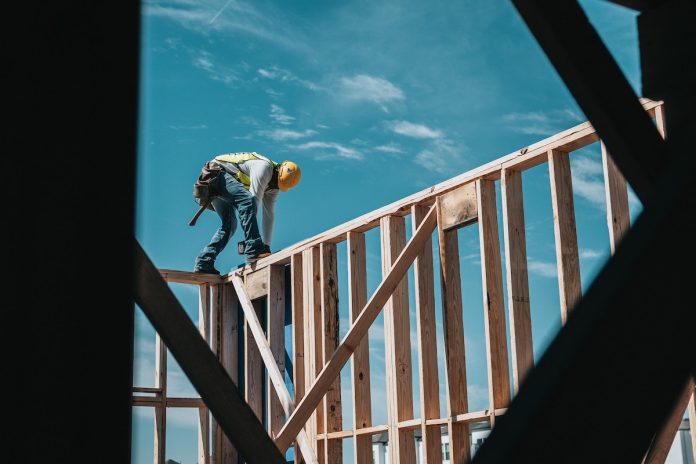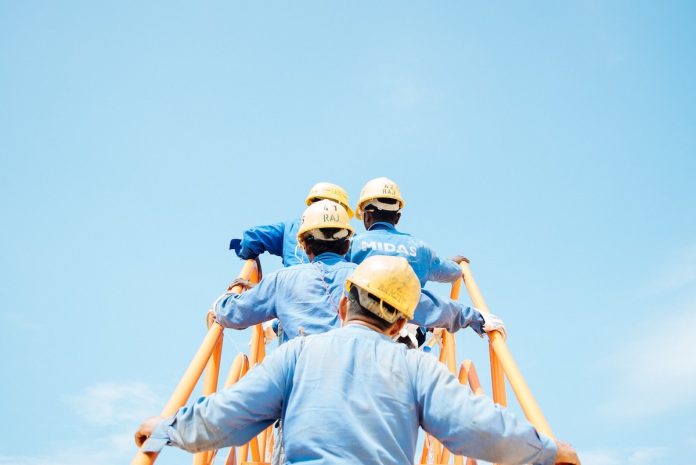Why a Culture of Safety Is So Important for New Construction
Safety should be a focus on any job site, but there are specific things to watch when starting a new build. One of your first responsibilities will be creating a safety culture – but what exactly does that mean? And what are the most important things to consider when establishing better safety standards on a new construction site and why a culture safety is si important.
The Value of Safety Culture
Let’s start by talking about the value of a safety culture. Of course, having safety rules and procedures in place is important, but creating an organizational atmosphere that encourages employees to take safety very seriously is even more important.
- A foundational priority. Creating a safety culture establishes health and safety as foundational priorities. It’s not worth sacrificing safety for any other priority, even if it means adhering to a deadline or saving money on the project. Once your team members fully embrace the idea that their health and safety should be the highest priorities, they’ll be much more likely to take your safety rules and procedures seriously.
- Bridging cultural gaps. Establishing a safety culture can also help you bridge cultural gaps that may exist in your workforce. For example, people who have worked on different job sites or come from different backgrounds may treat safety as a secondary or unimportant objective; firmly establishing a safety culture helps you push back against this.
- Autonomy and accountability. Safety culture encourages the development of more autonomy and accountability among your employees. It’s not just about following the rules perfectly; it’s also about looking out for fringe cases where the rules don’t apply or potential safety hazards that haven’t been sufficiently addressed. When people feel responsible for their safety and those around them, they’re much more likely to step up and take action when necessary, even when there is no rule to follow in a novel situation.
- Comfort and confidence. Emphasizing safety as a cultural value can also bring comfort and confidence to your team. You’re showing your employees that you care about them, making them more loyal, productive, and confident in their work.
Creating a Culture of Safety
So what actionable steps can you take to create a safety culture on a new construction job site?
- Establish strong core values. You can start by incorporating health and safety into your organization’s core values. Talk about the value of health and safety to your organization, and make sure your core values are visible and accessible to your workers at all times.
- Instill better leaders. Culture tends to flow from the top down. If your leaders showcase a specific trait, chances are your workers will eventually embody the same trait. For example, if all your leaders take safety seriously and genuinely treat it as the top priority, your employees will likely follow.
- Hire and reward good examples. You can foster a healthier safety culture by hiring and rewarding good examples of people following a safety culture. Bring more safety-conscious people to your job site, and when those people make meaningful advancements in the job site’s safety, reward them publicly.
- Fire and discipline bad examples. Conversely, it’s important to discipline or fire people who disregard safety or don’t take it seriously. This is especially important if a person’s actions or neglect directly result in a safety hazard on the job site.

Crafting Your Construction Safety Approach
Once you’ve established a comprehensive culture of safety on your new construction site, you can turn your attention to the most important installations and procedures for the job site, such as:
- PPE. Personal protective equipment (PPE), such as helmets, goggles, and gloves, can keep workers safe even in dangerous situations.
- Signage. Posted signage can proactively warn people about the risks of various areas and activities while educating them on safety during those tasks.
- Safeguards. Specific safeguards, like fencing or rails, can prevent falls or block off especially dangerous areas.
- Equipment checks and training. It’s also important to ensure all the job-site equipment is used and maintained properly. Employees should be thoroughly trained and educated to use equipment responsibly, and all tools and equipment should be checked before use.
- Tidiness and organization. Keeping a job-site tidy and organized can also improve safety, reducing the likelihood of losing important equipment or creating unintentionally unsafe scenarios.
- Reporting. Reporting is also important, allowing your workers to identify and flag potential safety hazards – or file a formal complaint about how the job site is running.
Creating a safety culture and handling the biggest health and safety issues on your job site can set you up for a much better new construction experience in many ways. Regardless of what you’re building or why you’re building it, safety must always come first.






